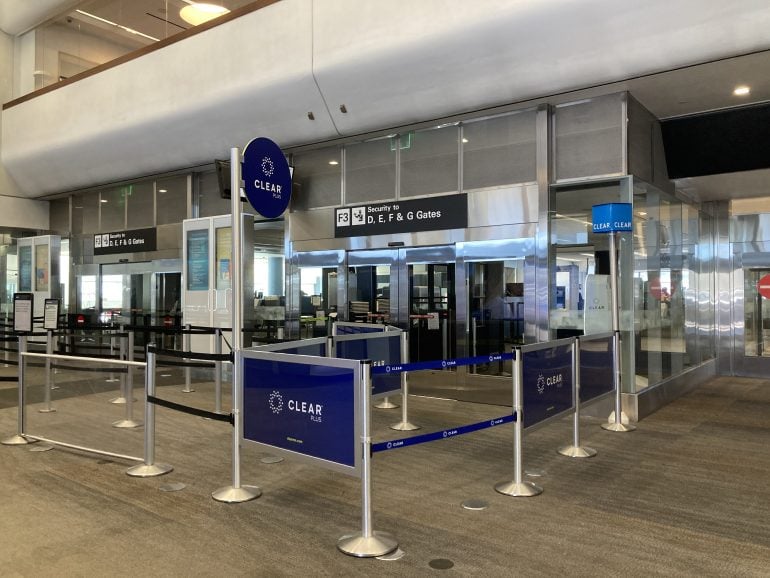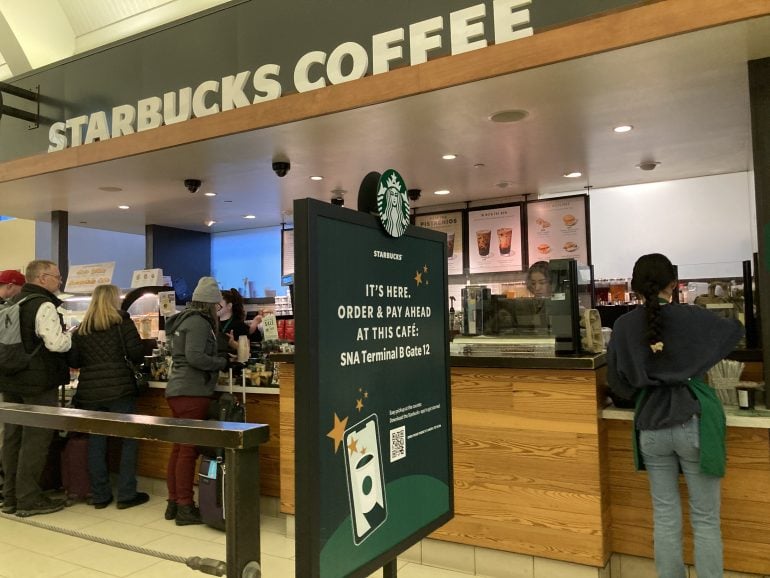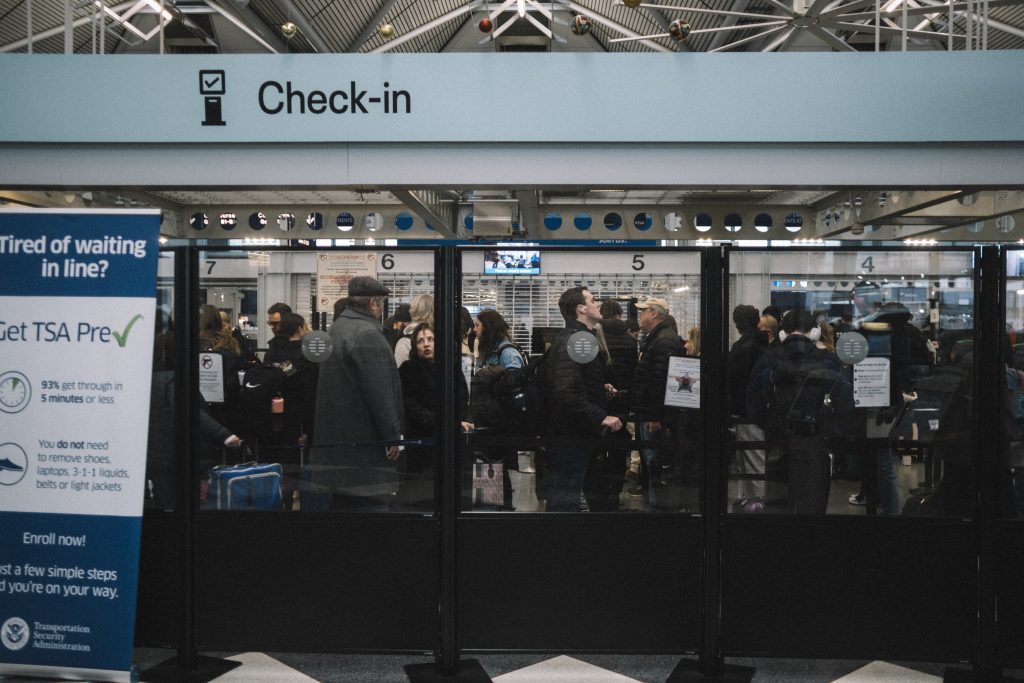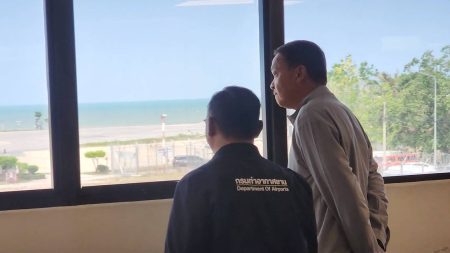By Sally French | NerdWallet
At the airport, lengthy lines for check-in, security screenings and even purchasing food can seem like a huge waste of time — and potentially disrupt even the most carefully planned schedule.
But with proper planning, you can bypass some of the most frustrating lines, and in some cases, get refunded if the line-skipping privilege requires an application fee. Here are five common airport bottlenecks and how to evade them for free or inexpensively.
1. Check in
It is the year 2024, indicating there's a mobile version of all kinds of travel services. This encompasses the capability to check in for your flight without queuing at the airline counter.
Most airlines permit you to check in for your flight directly through their mobile app or website within 24 hours of departure, enabling you to bypass the counter and proceed directly to security if you are flying with only carry-on luggage.
Even if you intend to check bags, checking in online via the airline app or website can help expedite the process so you will only need to print the bag tags at a kiosk and then hand the luggage off at the bag drop.
One method to evade the checked-bags line entirely is to check your bag at the gate. Many airlines provide complimentary gate-checked baggage services on full flights, but it doesn't hurt to inquire with the gate agent even if it's not explicitly offered.
This tactic doesn't work if you're packing common items that can't pass through the security screening, such as pocket knives or liquids exceeding 3.4 ounces. But assuming your belongings will pass through the security screening and you don't need them during the flight, it might be worthwhile to wait to check them at the gate.
2. Airport security ID check

An expedited Clear lane at San Francisco International Airport. (Photo by Sally French)
U.S. airport security technically consists of two lines: the line for identity verification, and the line for screening you (and your belongings).
You can expedite your way through airport security and jump to the front of the identity verification line with Clear, a private biometric screening company operating at over 55 airports nationwide. Clear claims to have more than 20 million members.
After paying for a Clear membership (typically costing $189 per year), you can scan your fingerprints or eyes at Clear's kiosks instead of having a Transportation Security Administration (TSA) agent inspect your ID. Following that, a Clear employee escorts you straight to the physical security screening, allowing you to bypass everyone else waiting to have their boarding pass or identification checked.
Though Clear membership fees are high, but you may not actually have to pay them. Certain American Express credit cards provide annual statement credits to cover the cost.
3. Baggage screening
The standard TSA screening process can be slow, as most individuals have to remove their jackets and shoes, as well as large electronics, from their bags. However, with TSA PreCheck, you can leave your shoes and jackets on — and keep your laptops stowed away.
Most airports have two different lanes for checking your carry-on bags — one for TSA PreCheck and one for regular checking. The TSA says that 99% of TSA PreCheck travelers wait less than 10 minutes (while it’s common for the regular line to take about 30 minutes).
To use those TSA PreCheck lines, you’ll need to apply and pay the fee, which starts at $78 and covers five years of membership. Over 4 million people joined the program in 2023, bringing the total to over 18 million active members.
There are methods to receive TSA PreCheck without charge, such as having a credit card that provides TSA PreCheck statement credit or using rewards from specific hotel and airline loyalty programs.
4. Ordering food

At certain airports, Starbucks permits placing an order through its mobile app. (Photo by Sally French)
Many airport restaurants now offer mobile food ordering, where you can make an order before you arrive, and pick it up before your flight.
Some restaurants, like Starbucks, provide mobile ordering through an app. Starbucks started introducing mobile order capability in 2022, allowing you to order in advance and pay on the Starbucks app at participating airport locations.
Other airports provide websites or apps that allow you to order food and drinks from participating airport restaurants. For instance, the SFO2Go website lets you order food from about a dozen restaurants at San Francisco International Airport. Food is usually ready in about 10-20 minutes.
5. Customs
International travelers returning to the U.S. must go through a Customs and Border Inspection site before leaving the airport, which usually involves another long line.
If you hold Global Entry, which is a fast-tracked clearance program for preapproved, low-risk travelers, allows you to bypass the customs line. Program members have access to specific Global Entry lanes where their photo is taken to confirm their membership. The process is generally much quicker than the regular line — so quick that you only briefly pause on your way out of the terminal.
To get Global Entry, you’ll need to complete an application and pay a $100 fee, which is nonrefundable (even if your application is denied). Avoid that fee by paying with one of the many credit cards that will cover your Global Entry application fee. Global Entry also includes TSA PreCheck benefits, so if you travel internationally, it’s better to pay the slightly higher fee for Global Entry to get access to both special lanes.
More From NerdWallet
The article 5 Airport Lines You Can Ditch (and How to Skip Them for Free) originally appeared on NerdWallet.









